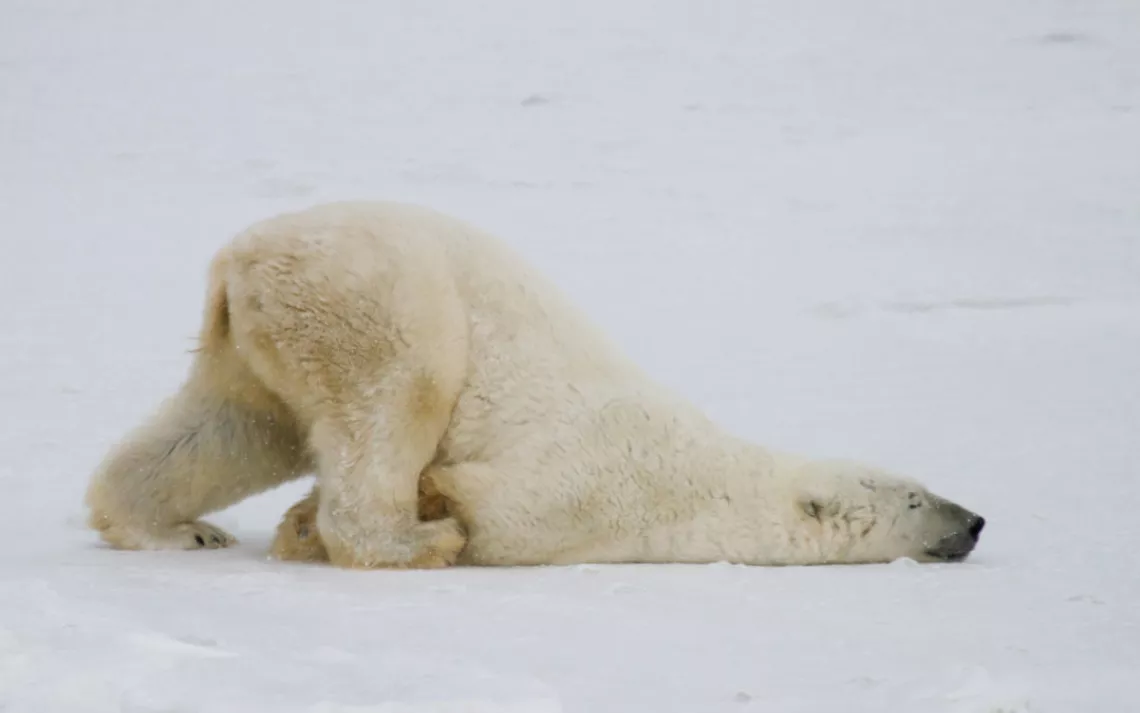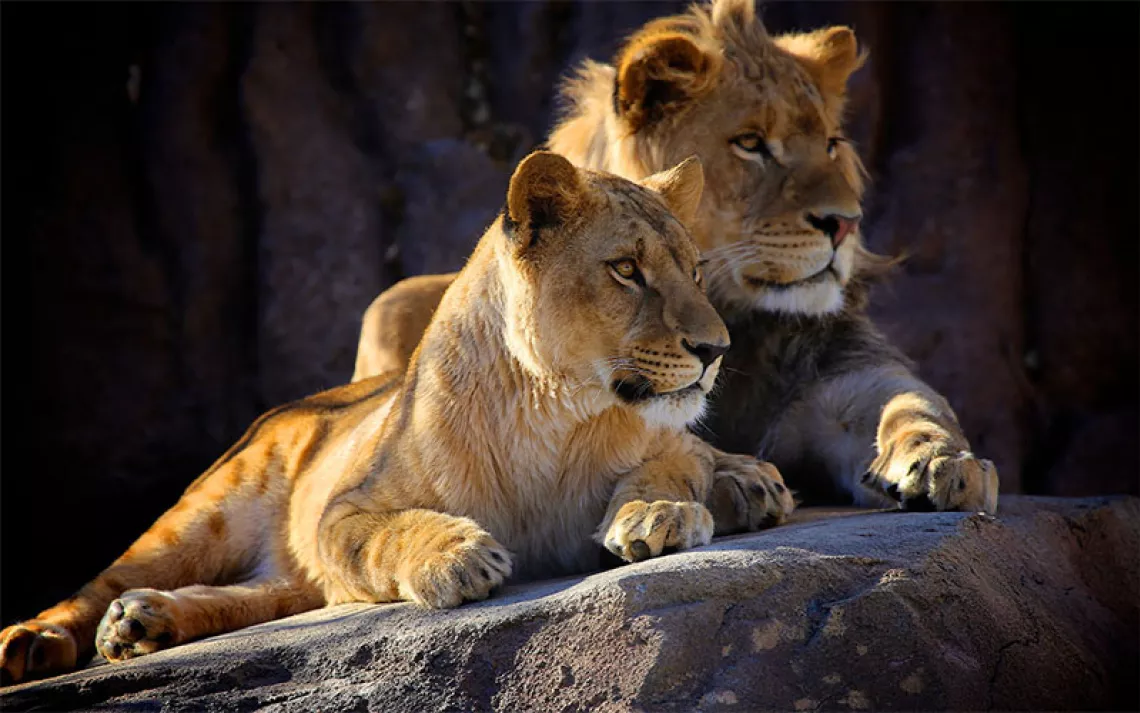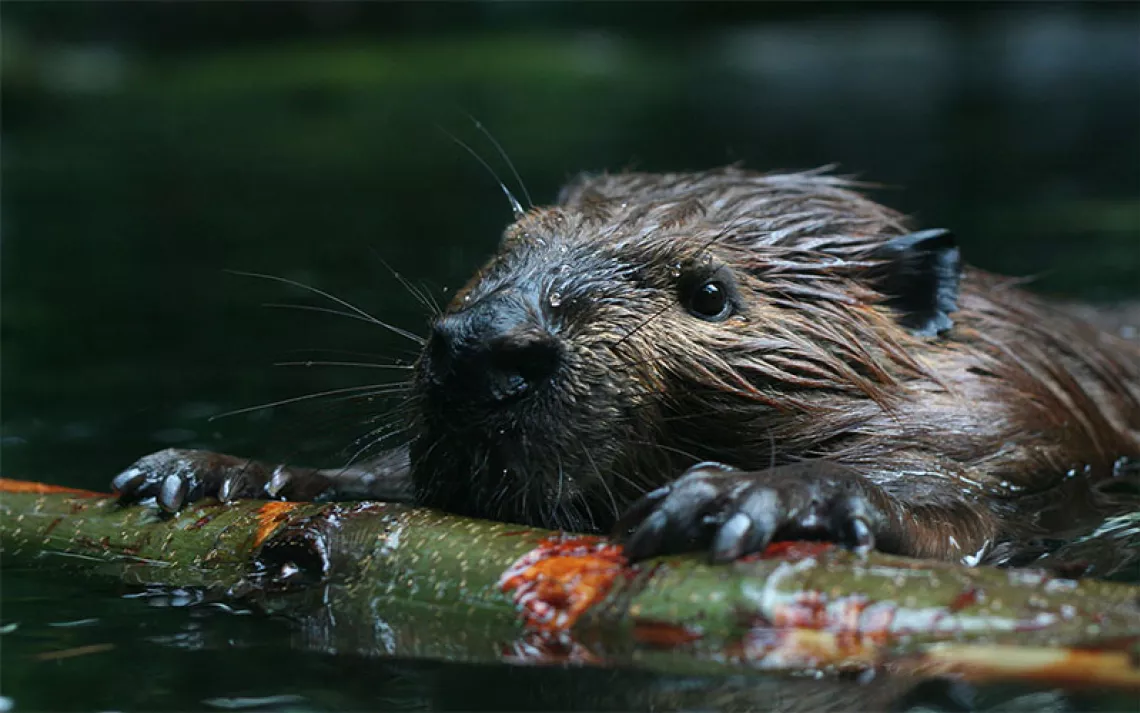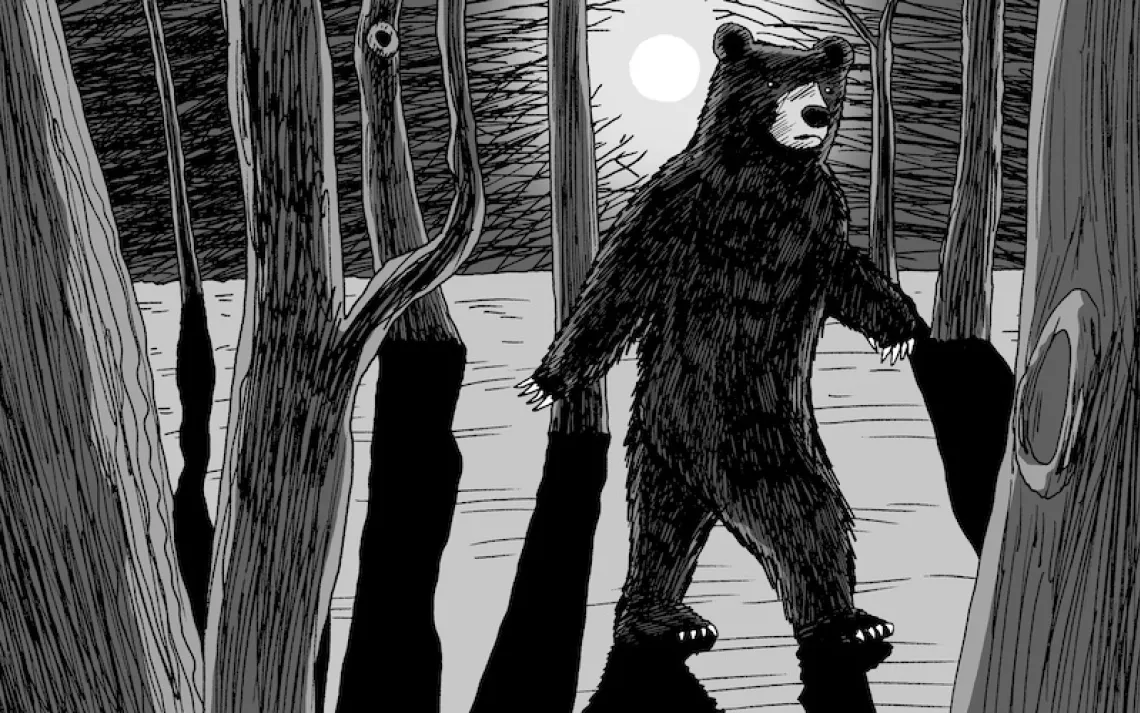Winter’s 4 Best Wildlife Webcams
Watch these live streams of animals hunting, breeding, and giving birth during the harshest season of the year

Photo by SBTheGreenMan/iStock
While winter is known as the hibernation season of many animals, some species are just as active during this time of year. And certain wildlife activities can only be seen during the winter months, such as elephant seals mating on shore and bison thrusting snow aside with their heads. We’ve put together a list of our four favorite live-stream wildlife cams so you can watch the winter wildlife magic happen right from your desk.
BISON
Despite roaming vast distances in the northern Great Plains, bison do not move south as the weather grows cold. The largest indigenous land mammal in North America feeds on grasses and sedges year-round. Bison use their heads to push the deep snow aside and reach the forage below. Though 80 percent of Canada's native prairie has been lost, Grasslands National Park represents the most intact example of what remains, with a flourishing herd of nearly 400 bison.
POLAR BEARS
With the exception of pregnant females, polar bears do not hibernate in dens like brown and black bears. Instead, adult male polar bears and non-pregnant females remain active throughout the year. They do, however, take frequent naps. In winter, polar bears sleep in shallow pits they dig in the snow with their sides or backs to the wind. When they are not napping, they spend most of their time seal hunting. From this webcam located at Cape Churchill, within Wapusk National Park in northern Manitoba, Canada, the best viewing hours are 7:30 A.M. to 4:30 P.M. Central. Between those times, you can see the bears walking around, scratching themselves against snow banks, and, of course, napping.
GREAT HORNED OWL
The great horned owl is a predatory bird with the most extensive range, the widest prey base, and the most variable nesting sites of any American owl. It is equally at home in deserts, wetlands, forests, grasslands, backyards, cities, and almost any other semi-open habitat between the Arctic and the tropics. Great horned owls start nesting in January, raising their families in the dead of winter. The female will incubate eggs while her mate brings her food. From this webcam in Charlo, Montana, viewers can watch male owls hunting for small mammals or birds during the winter months.
ELEPHANT SEALS
While elephant seals spend eight to 10 months of the year in the open ocean, they spend the winter months ashore for mating season. Breeding begins in December, when the first males arrive. Later in the month, the females begin to arrive and form harems on the beaches. Three to six days after they arrive, the females give birth to the pups that were conceived the previous year. Normally, only one pup is born to each female, and she nurses it for 25 to 28 days. Then she mates again. Adult females may mate several times before returning to the ocean, abruptly weaning their pups by desertion. By mid-March, most of the adult seals are gone, leaving the pups behind. This webcam shows Piedras Blancas on the coast of California. It’s one of the world’s largest mainland breeding colonies, attracting about 20,000 seals.
 The Magazine of The Sierra Club
The Magazine of The Sierra Club







